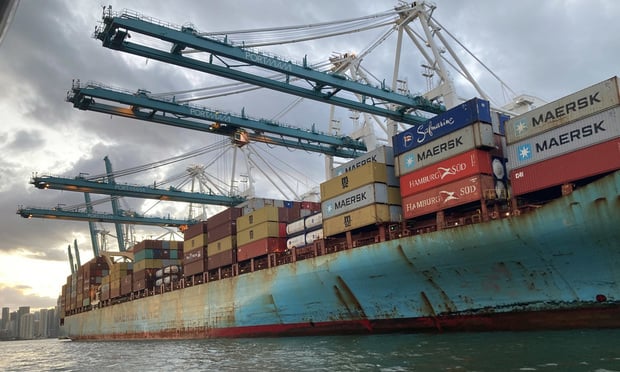California leads the country in cold storage supply with 16.5 million square feet, but it isn't enough to fulfill demand. According to new research from CBRE, California is also among the states with the greatest demand for cold storage product. The national industrial cold storage industry currently accounts for 2% to 3% of the industrial market, but it needs an additional 100 million square feet of space by 2022 to keep pace with demand.
According to Art Rasmussen, SVP at CBRE, it is no surprise that California has such a large cold-storage market. "California has the largest economy in the US and is the most populated state in the country," Rasmussen tells GlobeSt.com. "California's economy also ranks as a fifth largest in the world. Its consistent population growth continues to drive demand for food production infrastructure and related cold storage warehousing."
Despite the clear demand for space, there are significant challenges in bringing new cold storage product to the market. "The cost of cold storage construction is typically three times that of a normal dry goods warehouse," says Rasmussen. "In addition, there is no speculative market to speak of. Most construction is owner-user driven and the developer market is further challenged by the technical nature of a cold storage building."
This is a stark contrast to the ecommerce and third-party logistics market, which is also driving significant industrial demand. However, cold storage is just as necessary. "Cold storage space is a necessary element of the food supply chain both for 3PLs and e-commerce, given the continued growth of demand for refrigerated and frozen food storage space to accommodate continued expansion of food manufacturing and distribution," says Rasmussen. "E-commerce demand for food delivery has put further pressure on the last-mile delivery model. Many retailers are struggling to address this need and the solution is still evolving to make the model profitable."
Populated areas are in the most need of new space, specifically markets like Los Angeles, San Bernardino and Riverside. "There is a lot of curiosity in the space and developers are educating themselves as to how to address the market," says Rasmussen. "We are beginning to see interest in speculative cold storage construction and some dry warehouse developments are being considered for conversion to cold storage."
Want to continue reading?
Become a Free ALM Digital Reader.
Once you are an ALM Digital Member, you’ll receive:
- Breaking commercial real estate news and analysis, on-site and via our newsletters and custom alerts
- Educational webcasts, white papers, and ebooks from industry thought leaders
- Critical coverage of the property casualty insurance and financial advisory markets on our other ALM sites, PropertyCasualty360 and ThinkAdvisor
Already have an account? Sign In Now
*May exclude premium content© 2025 ALM Global, LLC, All Rights Reserved. Request academic re-use from www.copyright.com. All other uses, submit a request to [email protected]. For more information visit Asset & Logo Licensing.









